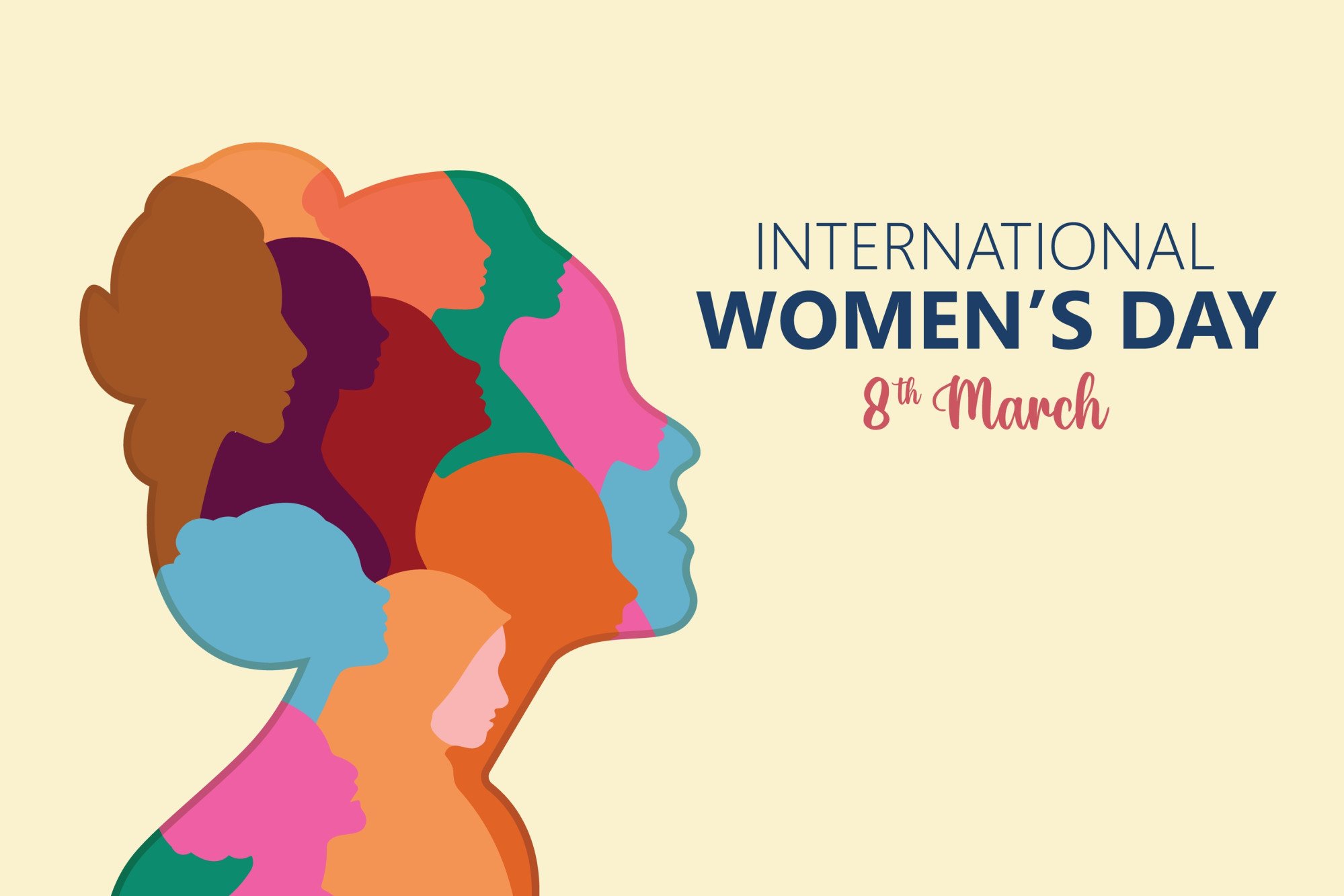
International Women’s Day: ranks of self-made multimillionaires swell as they continue to shatter barriers along the way: Julius Baer
- The ratio of super-rich women stood at 11 per cent of the global total last year, compared with 6.5 per cent in 2010, the Swiss bank’s study showed
- Self-made women accounted for 45.2 per cent of the female super-rich group, compared with 75.7 per cent for men
The proportion of wealthy women globally has increased significantly in the past decade as changing attitudes towards women doing business has led to a large number of self-made female multimillionaires, according to a survey by Julius Baer.
The number of women ultra-high net worth individuals (UHNWIs) last year stood at about 43,500, 11 per cent of the global total, compared with 6.5 per cent in 2010, according to the study released by the Swiss bank on Friday, in conjunction with International Women’s Day, whose theme this year is “Invest in women: Accelerate progress”.
Meanwhile, the proportion of female billionaires grew slower than UHNWIs during the same period. Women represented 13 per cent of the global billionaire pool in 2023, compared with 9 per cent in 2010. UHNWIs have assets of at least US$30 million.
Self-made women accounted for 45.2 per cent of the female UHNWI group, compared with 75.7 per cent for men, but the proportion of ultra-rich women has been increasing steadily, according to the study. The bank, however, did not provide a comparable figure for 2010.

The median wealth of self-made women also tended to be lower at US$35.7 million versus those with inherited wealth at US$67.3 million.
“Higher barriers to entrepreneurship for women are one reason for the relatively small proportion of self-made female UHNWIs,” the study said.
Philanthropy, education and welfare feature prominently at the top of women’s interests relative to men, reflecting their wider interests in societal issues like welfare, inequality, children and the environment.
The US and China had the most number of women UHNWIs last year. The US also had the highest number of female billionaires at 92, while China was a distant second at 46. The two countries together accounted for more than half of the total female billionaire population globally.
Hong Kong had nine female billionaires, joint fifth globally alongside India and Australia.

A separate study by the Bank of Singapore said many of the challenges facing the world can only be addressed by solutions that empower women, who make up half the world’s population.
“Raising the female labour participation rate and ensuring that women receive adequate representation in leadership positions are two key avenues to closing the gender gap which will have beneficial effects on economic growth,” the report said.
Closing the gender gap which will have beneficial effects on economic growth, according to another report by the International Monetary Fund.
According to the International Monetary Fund, women’s economic empowerment boosts productivity, increases economic diversification and income equality in addition to other positive development outcomes.
“Empowering women to reach their full economic potential not only tangibly supports the key goal of reducing gender inequality, but also has tremendous significance on the advancement, competitiveness, and future-readiness of economies worldwide,” the IMF said.

